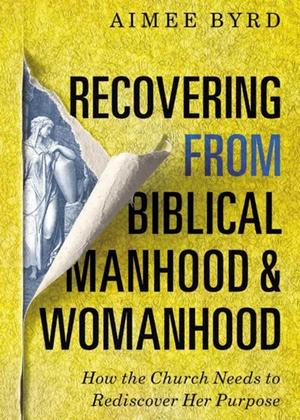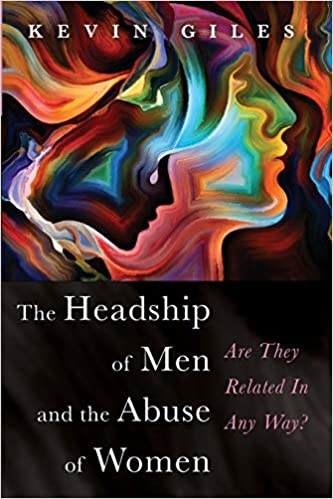A Thousand Tears
- Details
- Written by: Chris Appleby
A Thousand Tears is a project to collect stories of womens experience in seeking to serve God with the full range of gifts they've been given. T ocontribut to this project you can submit your story here.
LAMENT FOR EASTER SUNDAY
- Details
- Written by: Chris Appleby
LAMENT FOR EASTER SUNDAY
‘Just some women
A full church on Easter Sunday. Reading: John 19:38-20:20
The preacher said, ‘Jesus appeared after His crucifixion on eleven recorded occasions to multiple different groups of people. To just some women, initially, and then to many disciples, sometimes in groups, sometimes in very large groups, and on one occasion to a group of well over 500 people’.
The preacher could have meant or could have said, ‘He appeared first to Mary Magdalene and other women with her.’
But he didn’t say that, he said, ‘just some women’.
The preacher could have meant or could have said, ‘He appeared first to His female disciples, Mary Magdalene, Mary the mother of James and Joseph, Salome and other women.’
But he didn’t say that, he said, ‘just some women’.
THE YELLOW WALLPAPER: REFLECTING ON AIMEE BYRD’S RECOVERING FROM BIBLICAL MANHOOD AND WOMANHOOD
- Details
- Written by: Bree Mills
 THE YELLOW WALLPAPER: REFLECTING ON AIMEE BYRD’S RECOVERING FROM BIBLICAL MANHOOD AND WOMANHOOD
THE YELLOW WALLPAPER: REFLECTING ON AIMEE BYRD’S RECOVERING FROM BIBLICAL MANHOOD AND WOMANHOOD
by Bree Mills | November 01, 2020
This article originally appeared in Priscilla Papers, CBE International’s academic journal, on November 1, 2020. It is re-printed with permission.
After reading the introduction to Aimee Byrd's Recovering from Biblical Manhood and Womanhood,1 I admit I put her book down to go and read The Yellow Wallpaper, a book that sparked Byrd's thinking and prompted her to write. Only then did I return to reading Byrd’s book.
The Yellow Wallpaper is a profoundly disturbing novella by American social reformer and feminist, Charlotte Perkins Gilman, penned in 1890 and published in 1892.2 It is the semi-autobiographical story of a woman suffering from post-partum depression, in an era when this disorder was misunderstood. The woman is prescribed rest therapy, a complete removal of any mental, social, or physical activity. She is placed in a room with yellow wallpaper and bars on the windows while she is cared for by her husband and her sister-in-law, Jenny. The woman speaks well of her husband and his care for her, and while the readers can see her participation in her own oppression, the narrator cannot. She begins to see another woman in the wallpaper, desiring to break free, and over time tears at the wallpaper to free the woman trapped within. It ends in her husband finding her raving mad in the room, having freed the woman from the wallpaper, and the voice of the narrator shifts to become the voice from behind the wallpaper. The two women are one, and she has freed herself from the confinement in which she and her husband both participated.
The Gospel According to Eve: A History of Women's Interpretation
- Details
- Written by: Barbara Deutschmann
 The Gospel According to Eve:
The Gospel According to Eve:
A History of Women's Interpretation
IVP Academic (29 October 2019)
by Amanda Benckhuysen
Reviewed by Barbara Deutschmann
We often hear that the push for women's inclusion in all aspects of church ministry is a response to modern "feminism". This book puts paid to that notion. Amanda Benckhuysen has researched the many women from the Middle Ages to the present day who found in the first few chapters of Genesis inspiration and resources for countering patriarchy. They had to "tell it slant" (to quote Emily Dickenson), working against the pull of strong forces that assigned them their roles and realms.
The author sets the context by outlining the questions and silences in the story of Eden. Why did Eve eat the fruit? Why did Adam eat? And was God's response a description of the consequences of their transgression or prescription of their punishment? These gaps have been closed by traditional interpreters, replacing ambiguity with certainty. Reflected in Philo’s work in the first century, and well-settled by the Middle Ages, the female gender was firmly associated with sin. But Genesis 1–4 has played a part not only in the condemnation of women but also in the recovery of her stature, as women brought fresh eyes and great deal of courage to its analysis.
Read more: The Gospel According to Eve: A History of Women's Interpretation
How I Changed My Mind About Women in Leadership
- Details
- Written by: Lisa Baumert
 How I Changed My Mind About Women in Leadership
How I Changed My Mind About Women in Leadership
by Alan F Johnson
Zondervan Academic 2010
Alan F. Johnson’s compilation of narratives entitled How I Changed My Mind About Women in Leadership: Compelling Stories from Prominent Evangelicals is a particularly fresh, honest, and persuasive resource in the growing collection of books on gender equality and women in leadership. The recognizable evangelicals in this book speak humbly and clearly about how their theological convictions and understanding of Scripture, with reference to women in leadership, were transformed through personal experience. While maintaining a high view of the authority of the Bible and an allegiance to their evangelical traditions, they convincingly describe how the gospel message affirms gender equality.
Complementarians and Abuse of Women: Kevin Giles' Newest Book
- Details
- Written by: Chris Appleby
 Kevin Giles latest, and he says, his final book is a challenging look at the practical outworking of a strongly complementarian view of gender relations in the church and home. You can order it online or directly from Kevin himslef if you have his contact details.
Kevin Giles latest, and he says, his final book is a challenging look at the practical outworking of a strongly complementarian view of gender relations in the church and home. You can order it online or directly from Kevin himslef if you have his contact details.
Here is a link to a review from Jesus Creed, part of Christianity Today:
Kevin Giles, in his new book – one more than he thought he would ever write – explores the connection of complementarianism and male abuse of women. Is there correlation? Causation? A connection at all? His book is called The Headship of Men and the Abuse of Women: Are They Related in Any Way?
- Details
- Written by: Chris Appleby
When Women Don't Speak
Groundbreaking BYU research shows what it takes for a woman to truly be heard. 

